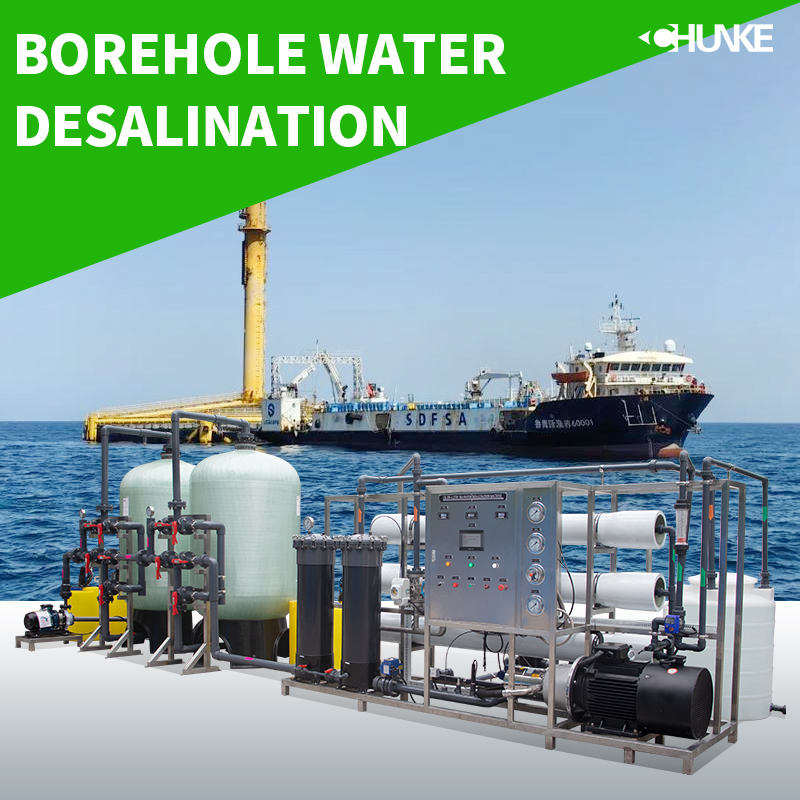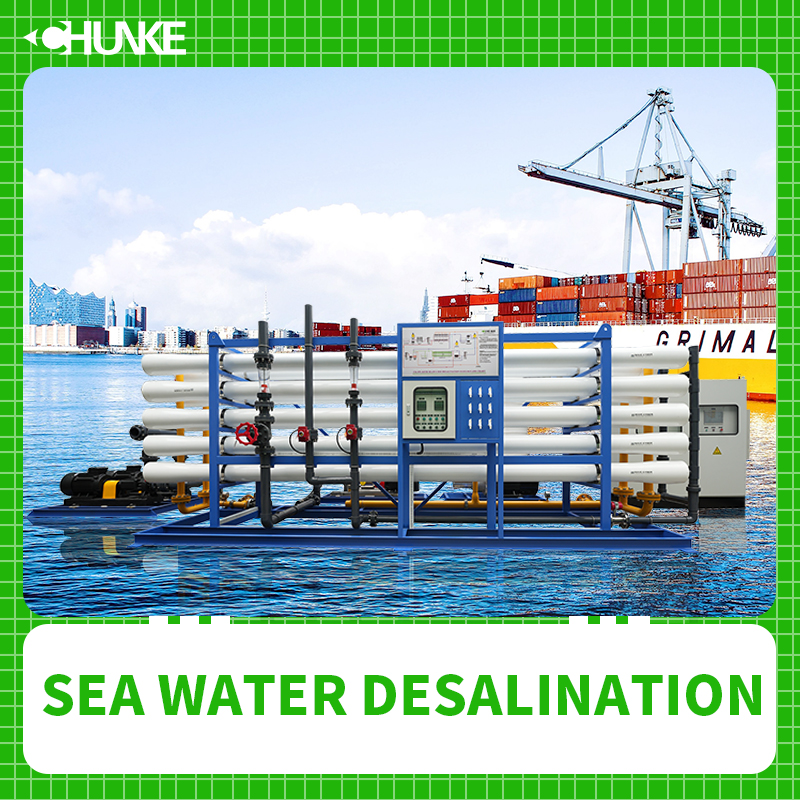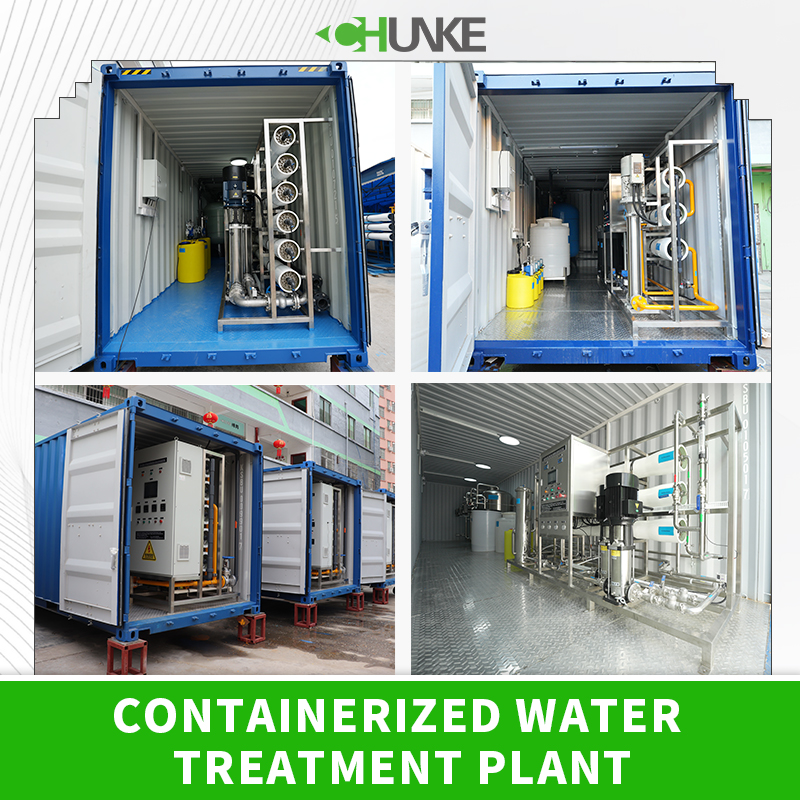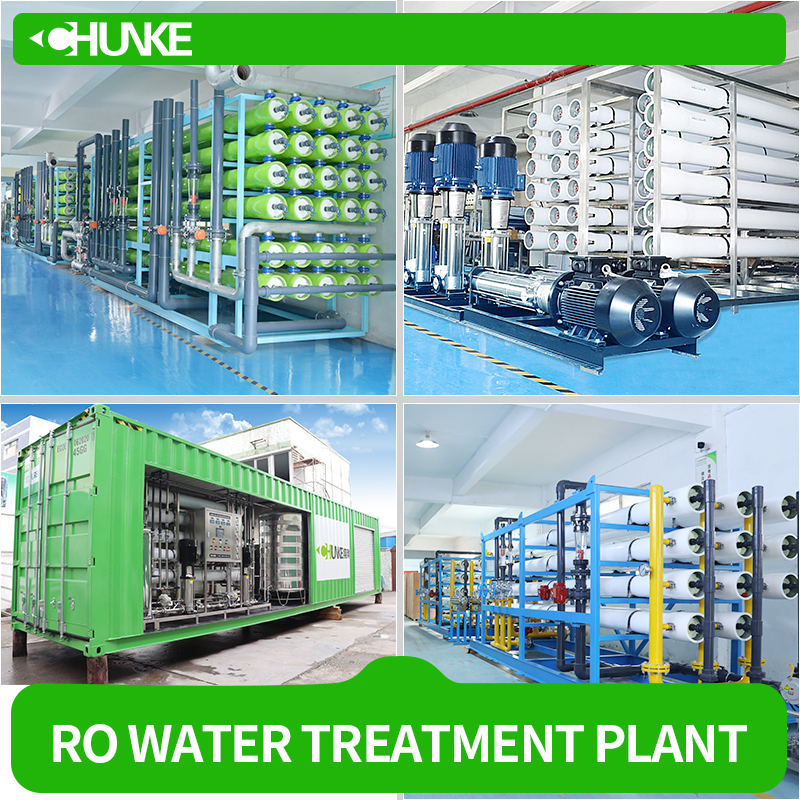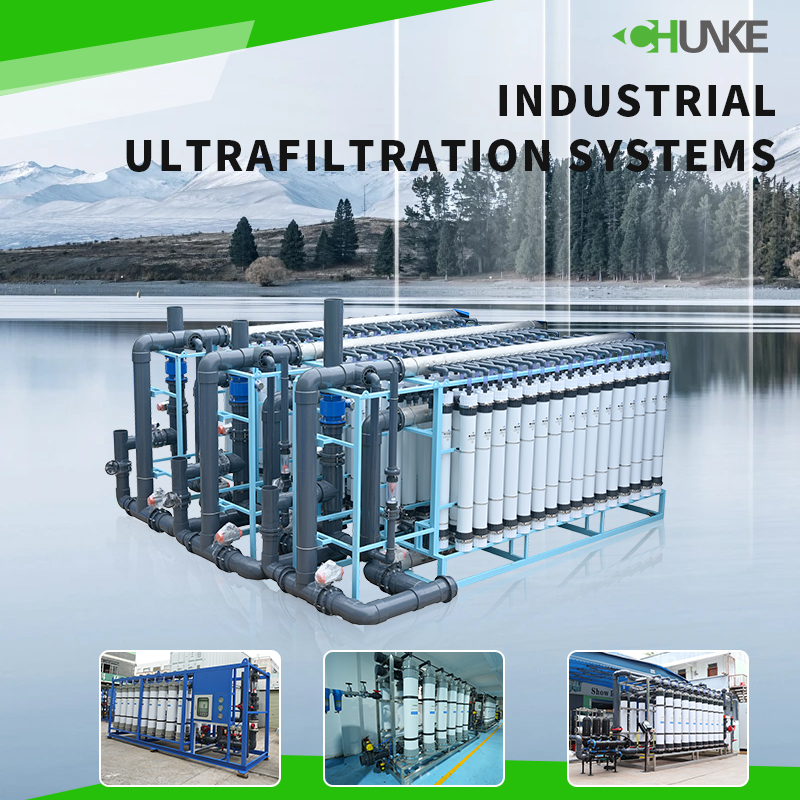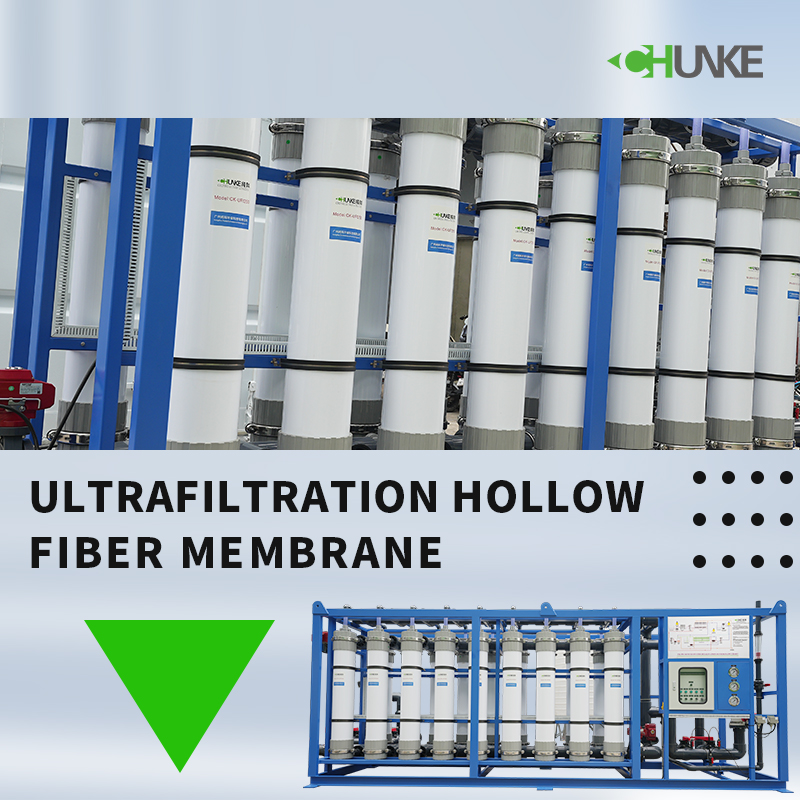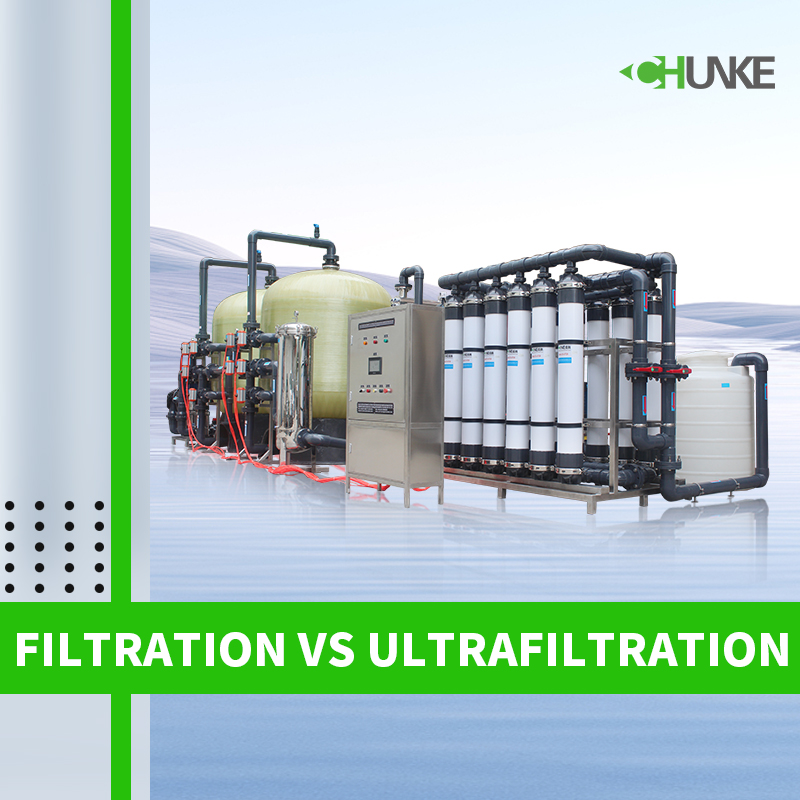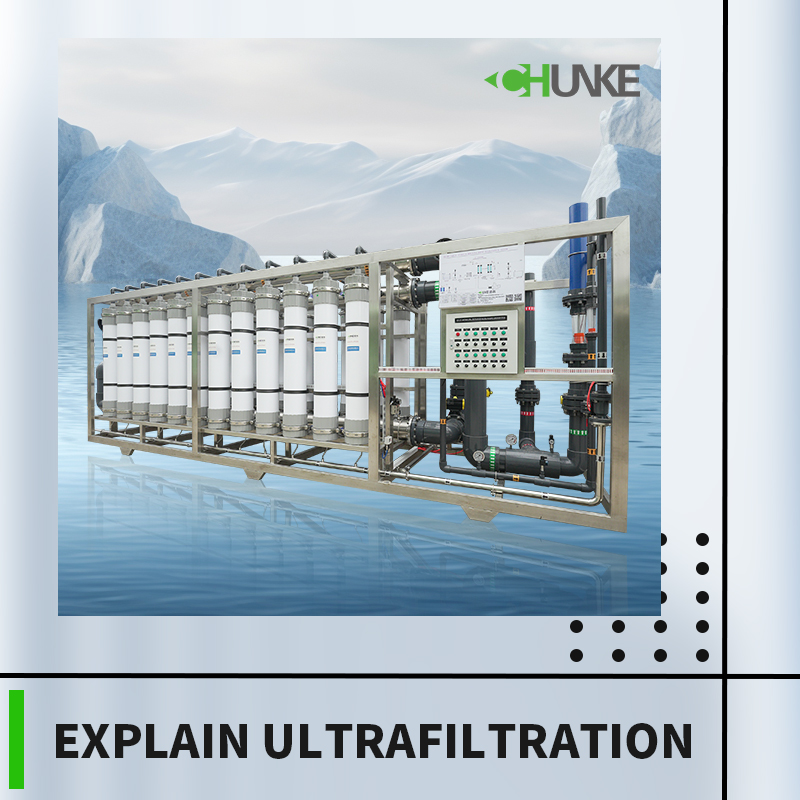-
04-15 2024
How do you desalinate borehole water?
There are various methods to desalinate borehole water, mainly including physical treatment, chemical treatment and biological treatment. Physical treatment includes technologies such as filtration, sedimentation and membrane separation, chemical treatment uses chemicals to remove impurities from water, and biological treatment purifies water through the action of microorganisms.
-
04-15 2024
Can solar power power a desalination plant?
Solar energy has broad application prospects in seawater desalination. Solar energy can directly drive thermal desalination systems, converting solar energy into thermal energy through solar collectors, providing the required energy to evaporate and condense seawater, thereby achieving desalination.
-
04-12 2024
How is sea water desalination performed?
Distillation is one of the traditional methods of seawater desalination. Its basic principle is to evaporate water by heating seawater, and then condense the evaporated water vapor into fresh water. Reverse osmosis is one of the most widely used technologies for sea water desalination. This method intercepts salt and impurities in seawater through a semipermeable membrane. In addition to distillation and reverse osmosis, there are some other sea water desalination methods, such as ion exchange, electrodialysis, etc.
-
04-12 2024
What are the life cycle maintenance costs of a containerized water treatment plant?
The equipment of the containerized water treatment plant includes filters, reverse osmosis membranes, disinfection equipment, etc. These equipment require regular maintenance and replacement. Maintenance costs include equipment maintenance, parts replacement, and equipment updates. Maintenance costs will vary for different types of equipment.
-
04-11 2024
What is a containerized water treatment plant?
A containerized water treatment plant is a mobile water treatment facility that is usually installed in a container and has the function of purifying water sources. They are designed to cope with water shortages in areas where water is scarce, providing safe, clean drinking water and industrial water.
-
04-11 2024
What is the use of reverse osmosis in water treatment plants?
Reverse osmosis systems remove sediment and chlorine from the water through a pre-filter, then force the water through a semipermeable membrane to remove dissolved solids. After the water leaves the RO membrane, it passes through a post-filter to purify the drinking water before entering a dedicated faucet.
-
04-10 2024
What are the industrial uses of ultrafiltration systems?
5 industrial uses for ultrafiltration systems 1. Printing and dyeing wastewater 2. Papermaking 3. Oily wastewater 4. Heavy metal wastewater 5. Food wastewater and other fields
-
04-10 2024
What is the hollow fiber membrane in ultrafiltration water treatment?
Hollow fiber membrane is a porous membrane with a honeycomb-like structure. This membrane is composed of a series of fine hollow fibers with a pore size at the nanometer level. It is usually able to filter out particles such as bacteria, viruses, suspended solids and organic matter in the water, thereby achieving water purification and filtration.
-
04-09 2024
What is the difference between filtration and ultrafiltration?
Filtration is a method of separation using filter media. Filters are typically able to remove particles as small as about 1 micron, but are unable to remove some dissolved chemicals. Ultrafiltration is a filtration method based on hollow fiber membranes. Ultrafiltration membranes have very tiny pore sizes, usually between 0.01 and 0.1 microns, and are able to filter out even smaller particles and microorganisms, and even viruses and most bacteria.
-
04-09 2024
What is ultrafiltration equipment?
Ultrafiltration water treatment systems utilize mechanical filtration of hollow fibers or sheet membranes to treat water. These membranes have micropores that filter out extremely small particles and microorganisms in the water, making the water purer.





